Where: In the garden
When: Just before noon on a sunny day, in shade and then at sunset
How: The exercise followed on from exercise 31 and required that I photograph the same scene for a then a further 9 photographs where the camera settings would also be adjusted for colour temperature.
Previous experience working with my camera and its white balance meant that I was at least mildly familiar with the use of colour temperature and how to adjust it within the camera. I knew that changing the colour temperature would make the camera sensor more sensitive to the colouration of the light and that in certain conditions the image taken could appear to be either cold or warm.
In the run up to doing this exercise I watched the colours around me to see if I could start to see the differences in the lighting conditions and colours.
I followed on from exercise 31 and photographed the same scene but this time I changed the cameras colour temperature setting from daylight to shade and then automatic
Direct Sunlight – Daylight WB
D80,Aperture f/8, Shutter Speed 1/2000 sec, ISO 1000, 70mm (35mm equivalent 105mm), Pattern Metering Mode, Daylight White Balance, Hand Held, 18-70 lens
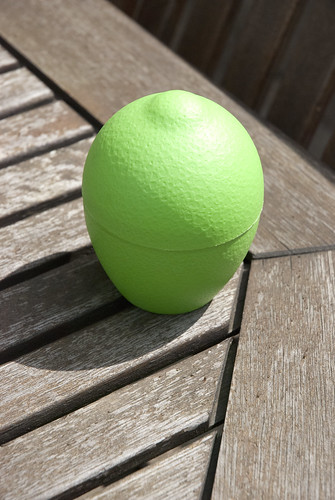
Direct Sunlight – Shade WB
D80,Aperture f/8, Shutter Speed 1/1500 sec, ISO 1000, 70mm (35mm equivalent 105mm), Pattern Metering Mode, Shade White Balance, Hand Held, 18-70 lens

Direct Sunlight – Automatic WB
D80,Aperture f/8, Shutter Speed 1/2000 sec, ISO 1000, 70mm (35mm equivalent 105mm), Pattern Metering Mode, Auto White Balance, Hand Held, 18-70 lens
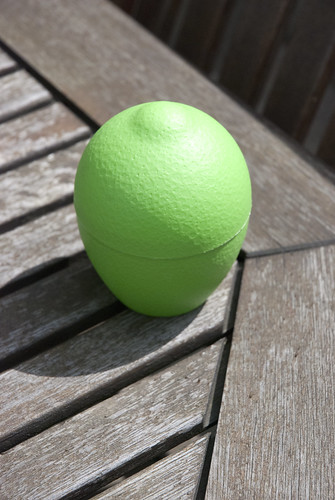
Shade – Daylight WB
D80,Aperture f/8, Shutter Speed 1/180 sec, ISO 1000, 70mm (35mm equivalent 105mm), Pattern Metering Mode, Daylight White Balance, Hand Held, 18-70 lens
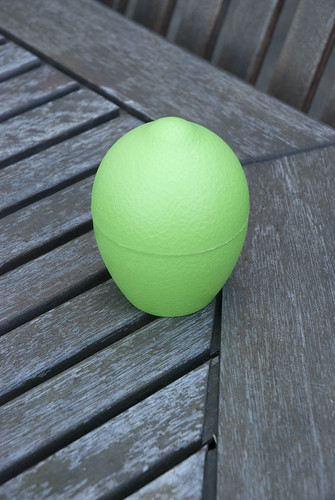
Shade – Shade WB
D80,Aperture f/8, Shutter Speed 1/180 sec, ISO 1000, 70mm (35mm equivalent 105mm), Pattern Metering Mode, Daylight White Balance, Hand Held, 18-70 lens
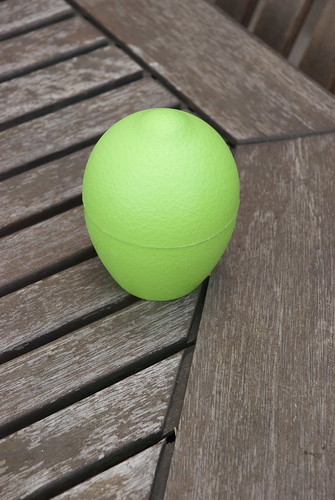
Shade – Automatic WB
D80,Aperture f/8, Shutter Speed 1/180 sec, ISO 1000, 70mm (35mm equivalent 105mm), Pattern Metering Mode, Auto White Balance, Hand Held, 18-70 lens
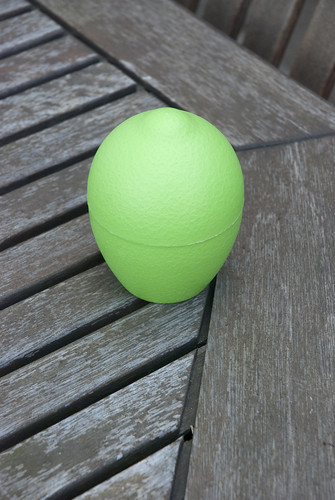
Sun close to the horizon – Daylight WB
D80,Aperture f/8, Shutter Speed 1/125 sec, ISO 1000, 70mm (35mm equivalent 105mm), Pattern Metering Mode, Daylight White Balance, Hand Held, 18-70 lens
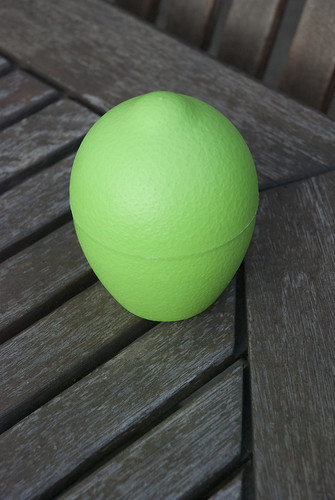
Sun close to the horizon – Shade WB
D80,Aperture f/8, Shutter Speed 1/125 sec, ISO 1000, 70mm (35mm equivalent 105mm), Pattern Metering Mode, Shade White Balance, Hand Held, 18-70 lens
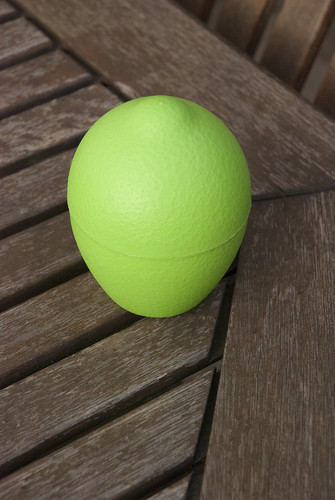
Sun close to the horizon – Automatic WB
D80,Aperture f/8, Shutter Speed 1/125 sec, ISO 1000, 70mm (35mm equivalent 105mm), Pattern Metering Mode, Auto White Balance, Hand Held, 18-70 lens
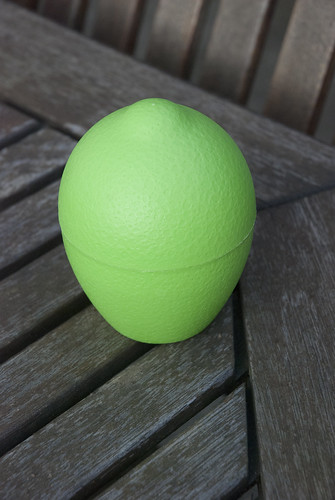
I was really surprised to see the difference in colour temperature between the three settings and I very surprised to see how much the temperature changed from cool to warm. In some cases the cooler blue was my preferred choice of colour temperature, but in others I preferred the warmer orange. I was also surprised to see how much that the Auto setting differed; until now I was under the impression that it would adjust accordingly and “correct” the colour temperature rather than just choose the colour temperature that it thought was most appropriate, I will be much more aware of what affects this will have when I used Auto White Balance rather than adjusting by my own judgment.
Certainly when shooting in RAW format this can be changed to a certain extent within the computer but where I sometime do not have this control, i.e. on film or shooting in TIFF or JPEG then I will have to examine the colour of the daylight to ensure that the colours are photographed as I want them and that if I want to adjust them then I will have to use coloured filters.
No comments:
Post a Comment